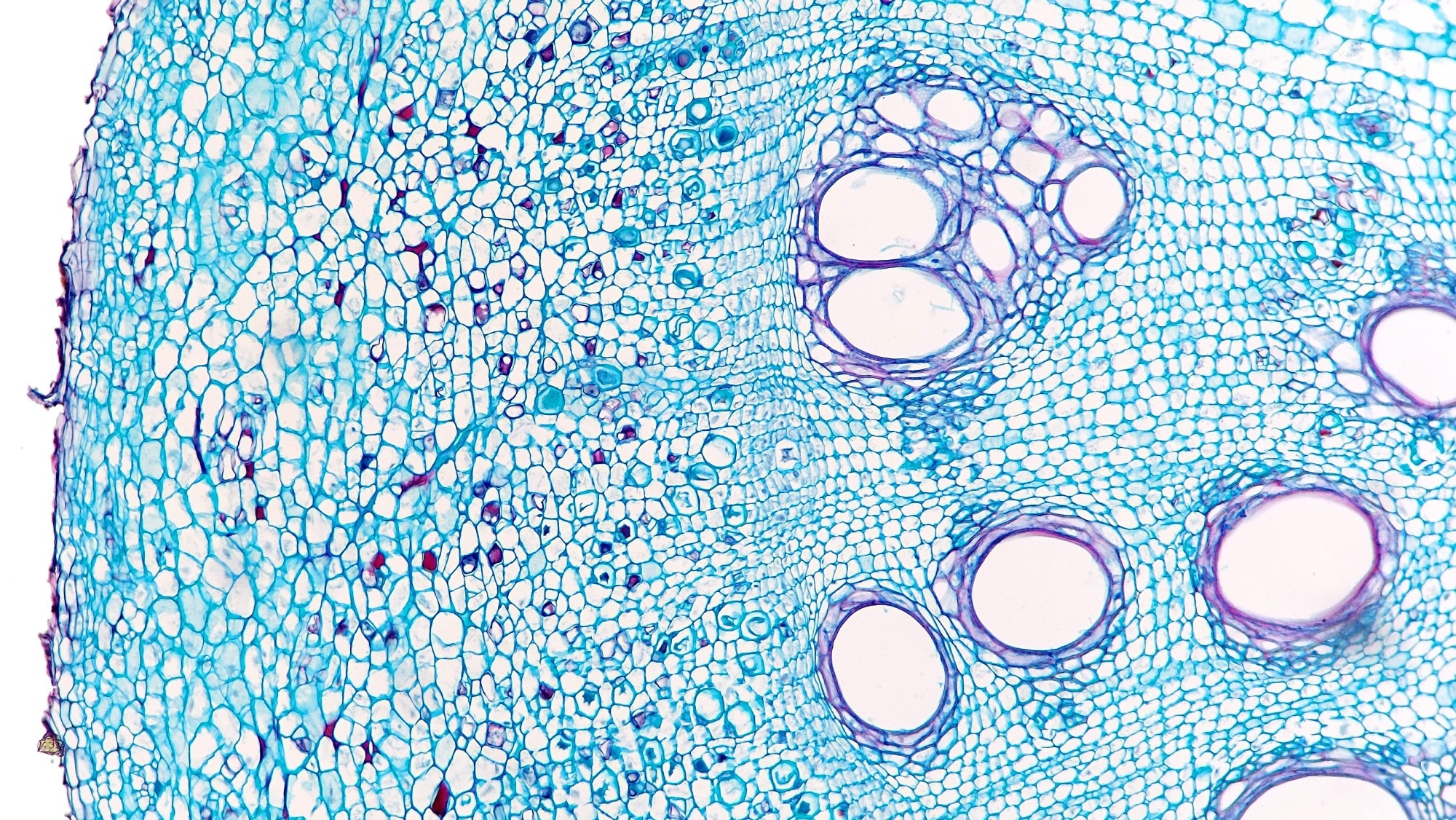Reviewed by Lauren HardakerAug 13 2025
The Nanoscience Center at the University of Jyväskylä discovered that lignin, a polyphenol vital for plant structure, has an antimicrobial effect against viruses and bacteria. The findings suggest that lignin, an important byproduct of the wood industry, has the potential to be a promising green alternative to synthetic antimicrobial agents for coating agents, packaging materials, and surface disinfectants. Spinnova Oy and CH Bioforce collaborated on the study, which proved beneficial.
 Image credit: Ekky Ilham/Shutterstock.com
Image credit: Ekky Ilham/Shutterstock.com
The University of Jyväskylä study employed a simple water-based extraction process to separate lignin in high purity from birch chips, wheat straw, and oat husks. The process permits the products to keep a high total phenol content while successfully removing carbohydrate contaminants.
We revealed that these aqueous-based lignin samples demonstrated strong antiviral efficacy against non-enveloped enteroviruses, but also good activity against enveloped coronaviruses, and tested bacteria.
Varpu Marjomäki, Professor, Cell and Molecular Biology, University of Jyväskylä
In addition to evaluating human seasonal coronavirus (HCoV-OC43) in a biosafety level 2 (BSL-2) laboratory, the study team assessed effectiveness against SARS-CoV-2 in a BSL-3 laboratory in Jyväskylä.
The results revealed that lignins exhibited much stronger antiviral efficacy against SARS-CoV-2 causing COVID-19, in comparison to the HCoV-OC43 causing common cold. Furthermore, the lignins had inhibitory effects on Staphylococcus aureus and Escherichia coli.
Jun Liu, Doctoral Researcher, University of Jyväskylä
Environmentally Friendly Protection Against Microbes
The study team investigated the underlying antimicrobial processes using a variety of conventional and in-house-developed biochemical and imaging approaches.
“The results revealed that lignins inactivate enteroviruses by stabilizing and aggregating viral particles, thereby reducing their entry into the host cells and by preventing the release of the infective RNA genome in the cells,” Marjomäki added.
In contrast, transmission electron microscopy and confocal microscopy demonstrated that lignin solutions damaged the structural integrity of coronavirus particles, limiting their capacity to attach to and infect host cells.
Electron microscopy also significantly impacted the bacterial cell membrane and bacterial internal material aggregation. Lotta-Riina Sundberg, a professor of cell and molecular biology, believes that this shows that active chemical groups permeate cells, eventually leading to bacterial dysfunction.
Research shows that lignin can be an environmentally friendly alternative to synthetic microbe-repellent substances. It can be used in coatings, packaging, and disinfectant products in a safer and more sustainable way.
Lotta-Riina Sundberg, Professor, Cell and Molecular Biology, University of Jyväskylä
Source:
Journal reference:
Liu, J., et al. (2025) Aqueous-based lignin extractions from birch, wheat, and oat exhibit broad antimicrobial activities. International Journal of Biological Macromolecules. doi.org/10.1016/j.ijbiomac.2025.145736